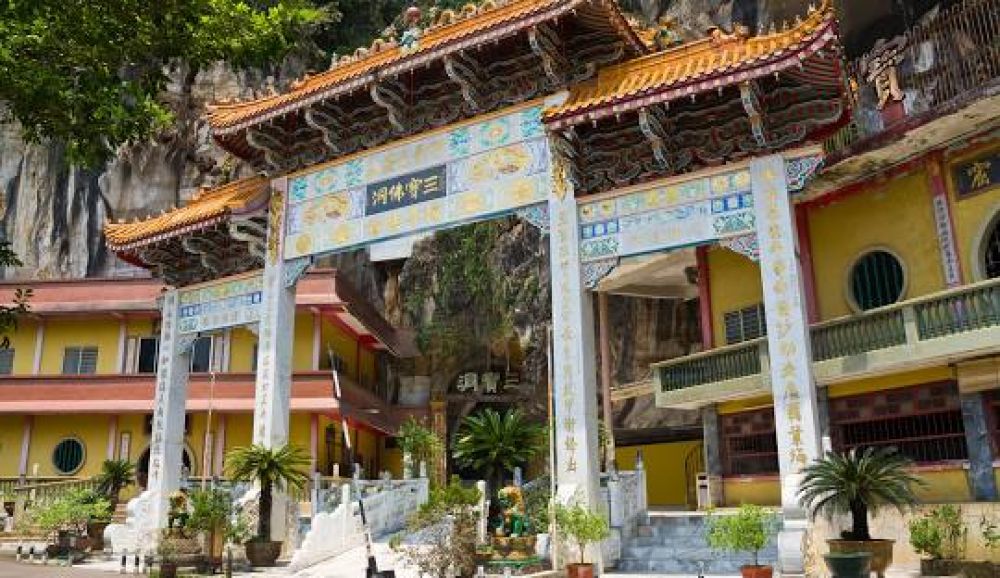

The Sam Poh Tong Cave Temple, located in the scenic city of Ipoh in the heart of the Kinta Valley, Malaysia, is an iconic tourist attraction that has captivated visitors for decades. Known as one of the most impressive cave temples in the country, Sam Poh Tong is renowned for its historical, cultural, and spiritual significance. The history of tourism at Sam Poh Tong Cave Temple is intertwined with the history of Ipoh itself, which has seen a transformation from a sleepy town to a vibrant tourist destination.
The history of Sam Poh Tong Cave Temple began in 1912 when a Chinese monk stumbled upon the cave and decided to make it his home and a place for meditation. He spent the next 20 years developing the cave into a sanctuary for Buddhist devotees. The religious and natural allure of the site started attracting the local community, laying the initial foundations for tourism.
Throughout the mid-20th century, the reputation of Sam Poh Tong as a significant place of worship grew steadily. As Malaysia gained independence and embarked on promoting tourism, Ipoh, with its historical sites and unique cave temples, became an essential stop for culturally inclined visitors. By showcasing the temple's intricate rock formations, majestic statues, and the tranquil garden with a pond full of koi fish, Sam Poh Tong cemented its place on the tourist map.
In recent times, the Malaysian government and local authorities have made concerted efforts to promote Ipoh and its surrounding attractions, including the Sam Poh Tong Cave Temple. Investment in infrastructure, including improved road networks and the introduction of the Electric Train Service (ETS), has made the site more accessible to both domestic and international tourists.
As tourism trends evolve, Sam Poh Tong has seen a diversification in its visitor profile. Adventure and eco-tourism aficionados are drawn to the cave's natural beauty and the opportunity to explore its serene environment. Photography enthusiasts also frequent the temple to capture its stunning cave formations and vibrant religious ceremonies.
Moreover, with the rise of social media, younger generations have been attracted to the aesthetic and serene qualities of the site, often sharing their experiences online and contributing to the temple's global recognition. Cultural tourism remains a strong draw, with visitors seeking to immermondse themselves in the spiritual heritage and rituals that Sam Poh Tong offers.
Sustainable Tourism Initiatives
Recognizing the importance of preserving the temple's unique environment and cultural integrity, recent tourism initiatives have focused on sustainability. Efforts to maintain the cave's ecosystem, manage waste, and encourage responsible tourism practices are now central to the site's management.
In conclusion, the Sam Poh Tong Cave Temple of Ipoh, Malaysia, presents an exemplary case of evolving tourism trends within a site of deep historical and cultural relevance. Maintaining a delicate balance between development and conservation, it offers a blueprint for sustainable historical tourism that respects the past while accommodating the present and future influx of visitors.